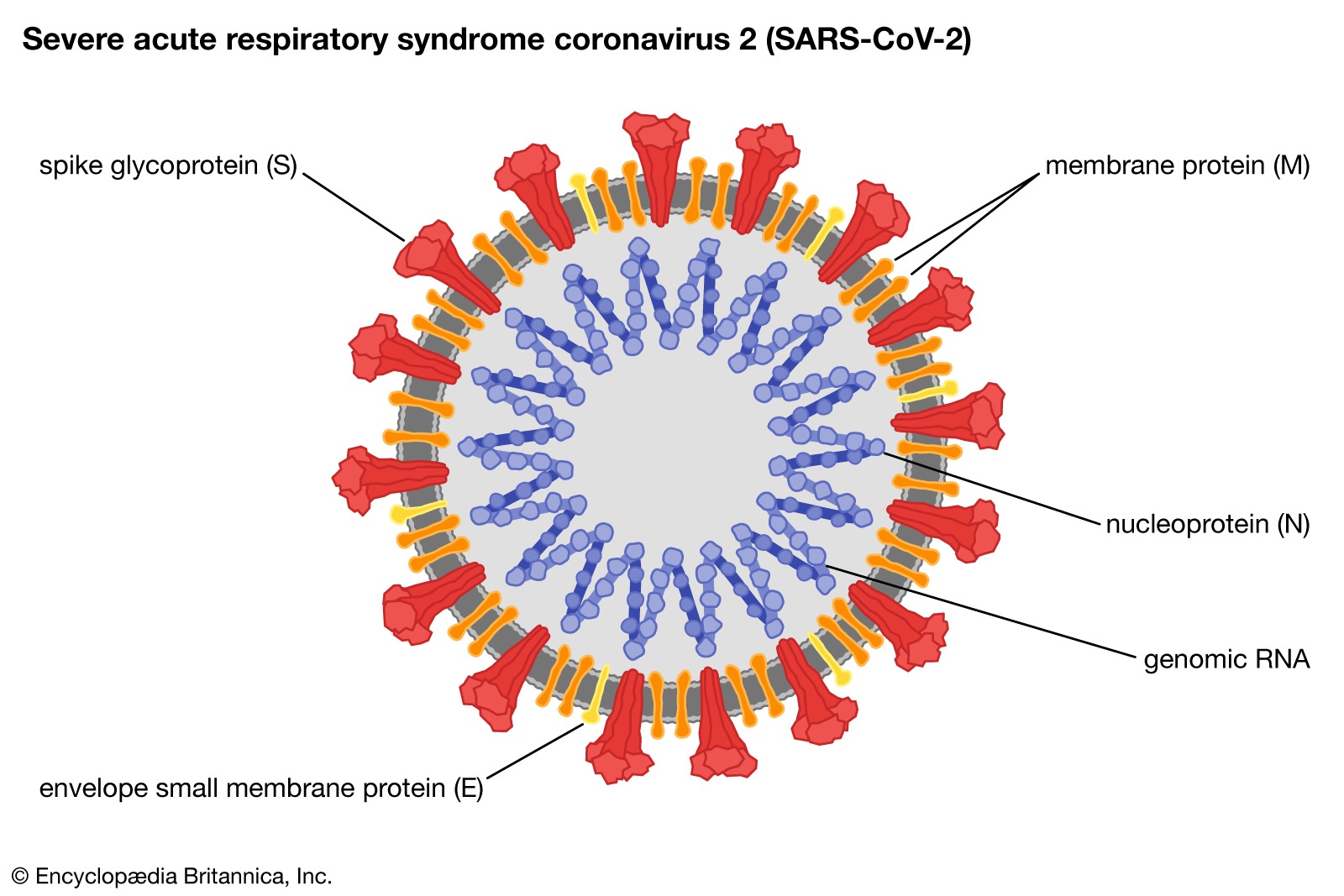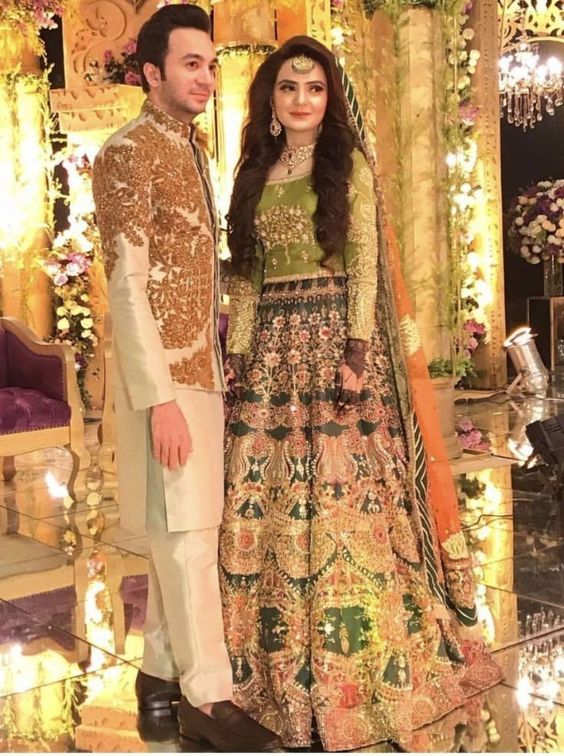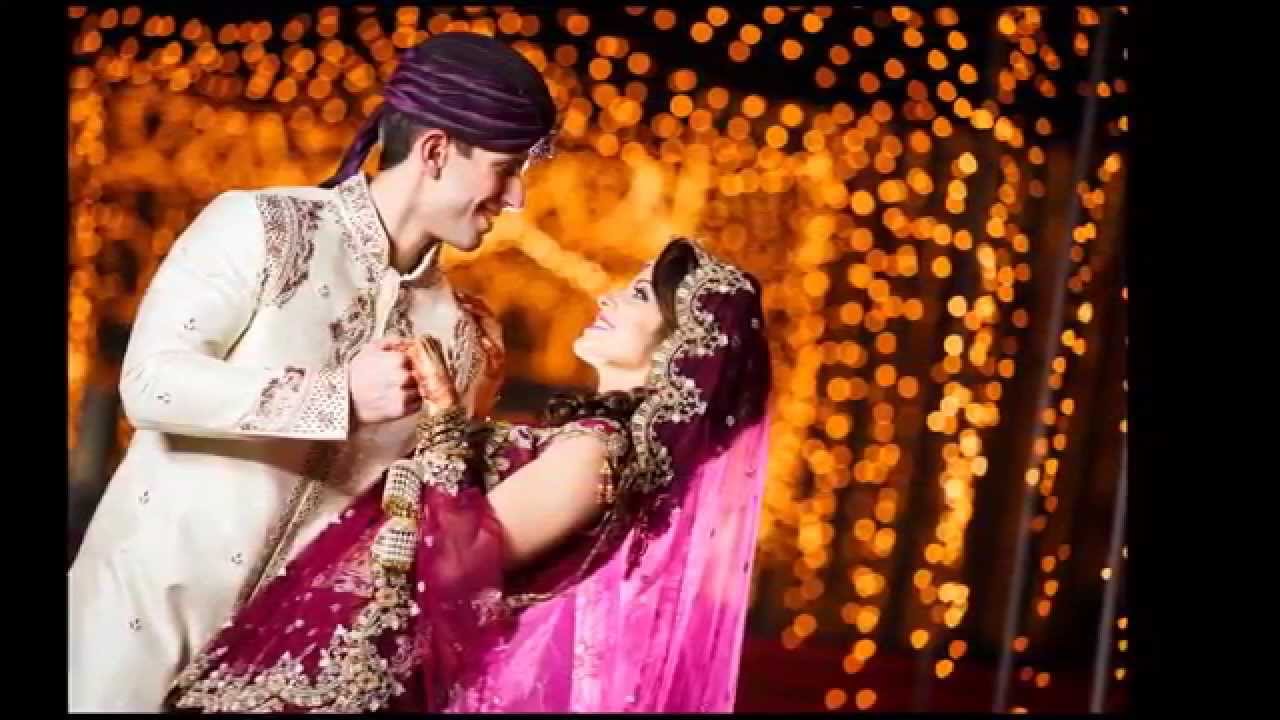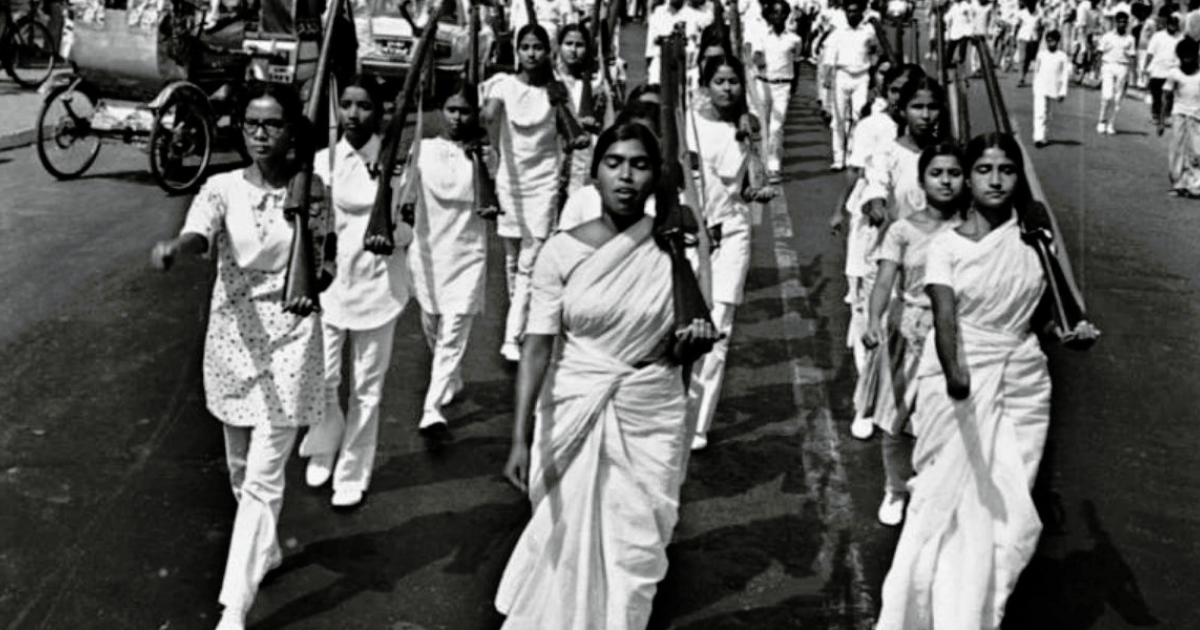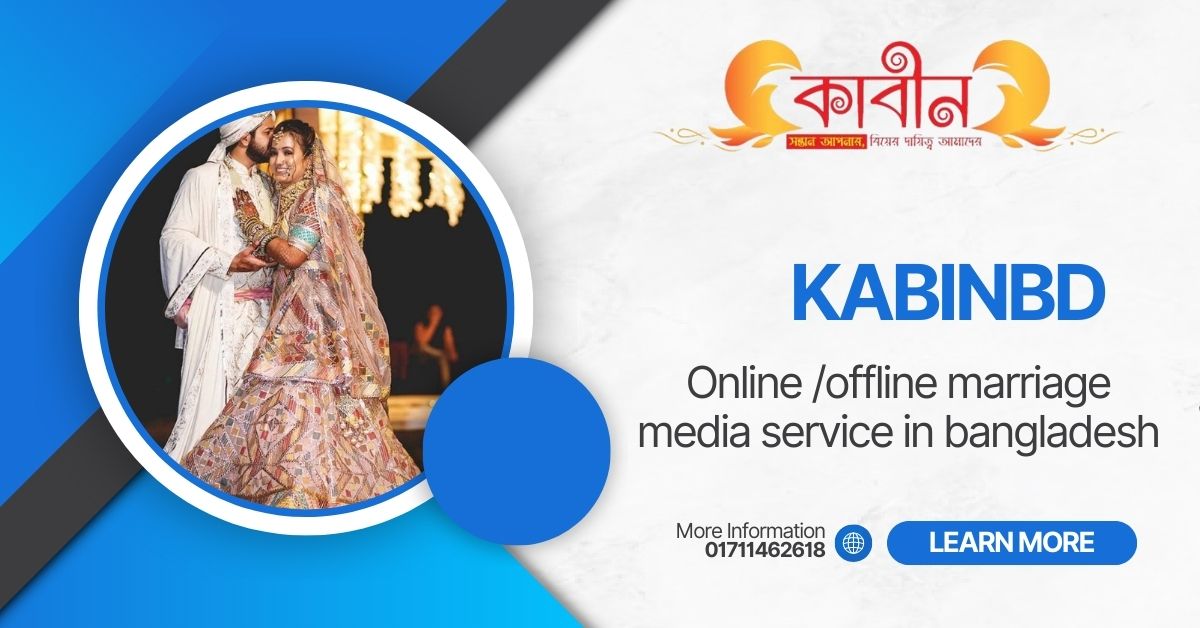Liberation war and freedom fighters-022
Throughout history, liberation wars have served as defining moments in the destinies of nations. These wars are often a culmination of prolonged oppression, injustice, colonialism, or foreign domination. The individuals who participate in such conflicts, fighting against tyranny and injustice, are known as freedom fighters. These brave souls, often sacrificing their lives and comforts, aim to secure freedom, dignity, and sovereignty for their people.
The term “liberation war” encapsulates a broader historical, social, and political phenomenon. It includes the armed struggle, the grassroots resistance movements, and the socio-political efforts that aim to dismantle oppressive regimes or colonial powers. This essay explores the concept of liberation wars and the critical role freedom fighters play in shaping a nation’s identity and future.
Historical Background of Liberation Wars
The history of humanity is replete with instances of people rising against domination and seeking self-determination. From the American War of Independence (1775–1783) to the Algerian War of Independence (1954–1962), and from India’s freedom movement (culminating in 1947) to the Bangladesh Liberation War in 1971, liberation wars have often been accompanied by great sacrifices and lasting legacies.
Liberation wars often arise under conditions of:
-
Colonial oppression
-
Political subjugation
-
Economic exploitation
-
Ethnic or cultural suppression
-
Denial of fundamental rights
The goal is often the same: the establishment of an independent nation governed by its own people.
Freedom Fighters: Definition and Role
Freedom fighters are individuals or groups who take active part in a resistance movement against an oppressive regime or occupying force. They may use arms, political means, nonviolent protests, or a combination of methods to achieve their objectives.
Characteristics of Freedom Fighters:
-
Courage and Sacrifice: Freedom fighters willingly risk their lives for the greater good of their people.
-
Vision for a Free Nation: They often dream of a future where their nation enjoys political, social, and economic freedom.
-
Inspiration to Generations: Their life stories become a source of national pride and inspiration for future generations.
Forms of Participation:
-
Armed resistance: Guerrilla warfare, sabotage, and battles.
-
Nonviolent protest: Civil disobedience, hunger strikes, mass movements.
-
Intellectual resistance: Writing, propaganda, advocacy in international forums.
-
Logistical support: Supplying food, shelter, and intelligence to fighters.
Case Study: The Bangladesh Liberation War (1971)
One of the most poignant examples of a liberation war in the 20th century is the Bangladesh Liberation War, which led to the creation of the independent nation of Bangladesh in 1971.
Background:
After the partition of British India in 1947, Pakistan was created with two geographically and culturally distinct regions: West Pakistan (now Pakistan) and East Pakistan (now Bangladesh). Despite being the majority, the Bengali-speaking population of East Pakistan faced political marginalization, cultural suppression, and economic discrimination.
The situation reached a tipping point in 1970 when the Awami League, led by Sheikh Mujibur Rahman, won a majority in Pakistan’s general elections but was denied power. Protests erupted, and in response, the West Pakistani military launched Operation Searchlight on March 25, 1971, which led to mass killings and atrocities.
The War:
The nine-month-long war involved brutal fighting, mass displacement, and significant international attention. With the support of India and the backing of the Mukti Bahini (liberation forces), Bangladesh achieved victory on December 16, 1971.
Role of Freedom Fighters:
Freedom fighters in Bangladesh, known as Muktijoddhas, played a pivotal role in resisting the Pakistani military. They came from all walks of life—students, farmers, soldiers, and ordinary citizens—united by a common cause. The Mukti Bahini operated both inside the country and in training camps in India, conducting guerrilla attacks, sabotaging enemy operations, and organizing local resistance.
Legacy:
-
Bangladesh emerged as an independent country.
-
The freedom fighters became national heroes.
-
Their stories are memorialized in museums, monuments (like the Jatiyo Smriti Soudho), and educational curricula.
Freedom Fighters in Other Contexts
India’s Struggle for Independence (1857–1947):
India’s freedom struggle, marked by a long and diverse resistance movement, involved:
-
Leaders like Mahatma Gandhi, who advocated nonviolent resistance (Satyagraha).
-
Revolutionaries like Bhagat Singh and Subhas Chandra Bose, who believed in armed rebellion.
-
Mass movements such as the Non-Cooperation Movement, Civil Disobedience Movement, and Quit India Movement.
These fighters laid the groundwork for India’s eventual independence from British colonial rule in 1947.
South Africa’s Anti-Apartheid Movement:
Figures like Nelson Mandela fought for the end of apartheid, a system of institutionalized racial segregation and discrimination. Mandela’s long imprisonment and subsequent role as the first Black president of South Africa exemplify the resilience and ultimate triumph of a freedom fighter.
Algerian War of Independence:
Algeria’s struggle against French colonial rule (1954–1962) was marked by violent confrontations, led by the National Liberation Front (FLN). Despite brutal repression, Algeria secured independence, and its fighters are remembered as martyrs.
Challenges Faced by Freedom Fighters
Despite their noble cause, freedom fighters often face:
-
Brutality and Torture: Many are imprisoned, tortured, or executed.
-
Misrepresentation: They may be labeled as terrorists or rebels by the ruling power.
-
Post-war Neglect: In some nations, freedom fighters face neglect, poverty, or even political sidelining after liberation.
-
Psychological Trauma: War leaves deep emotional and psychological scars.
Freedom Fighters and National Identity
Freedom fighters become enduring symbols of a nation’s identity and pride. Their sacrifice is often institutionalized through:
-
National holidays (like Victory Day or Independence Day)
-
Memorials and statues
-
Inclusion in textbooks and national history
They serve not only as reminders of the past but also as guiding lights for future generations, emphasizing values such as patriotism, resilience, and justice.
Recognizing and Honoring Freedom Fighters
Modern nations take various steps to honor their freedom fighters:
-
Pensions and Welfare Schemes: Many countries provide financial support and healthcare to surviving fighters and their families.
-
State Honors: Medals, titles, and awards are given posthumously or to living veterans.
-
Museums and Archives: Documentation and preservation of their stories through exhibitions.
-
Educational Initiatives: Including their contributions in school syllabi to educate young minds.
Women in Liberation Wars
Women have played crucial but often underrecognized roles in liberation struggles. From Rani Lakshmibai in India to Begum Rokeya’s intellectual resistance in Bengal, and women combatants in the Bangladesh Liberation War, female freedom fighters contributed as spies, combatants, nurses, and organizers.
Their stories reflect:
-
Gender resilience
-
Unwavering commitment to freedom
-
Breaking societal stereotypes
Contemporary Lessons from Liberation Struggles
Even in today’s world, the lessons of past liberation wars and the sacrifices of freedom fighters are deeply relevant. As nations grapple with challenges such as authoritarianism, inequality, and injustice, the legacy of those who fought for freedom continues to offer moral and strategic guidance.
Key Takeaways:
-
Freedom is hard-earned and must be protected vigilantly.
-
Unity across divides is crucial in the face of oppression.
-
Youth involvement often catalyzes revolutionary change.
-
National dignity and self-respect are non-negotiable values.
Conclusion
Liberation wars and the valiant efforts of freedom fighters are deeply ingrained in the identity of many nations. Their courage, vision, and sacrifice have changed the course of history and reshaped the map of the world. They remind us that freedom is not granted but earned through immense struggle.
As we celebrate the victories they secured and the nations they helped build, it is our duty to preserve their memory, uphold their ideals, and ensure that the freedom they fought for is never taken for granted. Whether through commemorative acts or through living a life of integrity and service, honoring freedom fighters is a continuous process—one that defines the soul of a nation.
Whatever we say about the eternal story of Bengali, the liberation war and freedom struggle will be the main glorious chapter of this nation. Unlimited research documents on Bengali or Bengali history-tradition and culture are now available within our reach. However, over everything, the call for liberation in 1971 and the war for independence of the motherland is the biggest turning point of this nation. That period is reflected again and again in the mirror of memory—
2. On that day, the need of the country, the call of the motherland, the inexhaustible pull of liberation and an unfailing call, who risked their lives and left the illusion of the world and became homeless in the dark? At that time, those who set out on a journey with no destination, no address, and no purpose in the forest, were they hoping for something? Who were the majority of the children of Suryasantan who participated in the Liberation War? Even after half a century has passed after the liberation war, thousands of such questions are being faced by today’s generation who have not seen the liberation war and victory. But 51 years ago, we who observed the Liberation War and Victory Day, raised our hands in joy and lost our souls, were undaunted by the sky-splitting sound of bullets, what can be our answer to this question?
Within three decades of independence, various studies have been done and are being conducted at home and abroad on the war of liberation. Who are the majority who participated in the war of independence, fearless, Durant and Damal boys? Where is their main address? What is the identity of parents? Did they have education, health social facilities or secure food and clothing resources?
Crudely speaking, even the results of the study bear witness—they had none of these, with the majority stuck in the confines of school, dropouts or a handful who set foot on the doorstep of college. Most of them were children of small and medium farmers of Ajparagaon. As they were not a burden for the family, they were also not a source of income. According to the real picture of rural Bengal at that time, many of them ran away from their homes and took part in the war. Like a journey without a leader. They did not leave their birthplace that day with the idea of returning.
3. On the contrary, despite their age, opportunity and education, those who occupied not only their own but also the houses of others, did not leave their homes for the sake of the soil of the motherland in those terrible days of the Liberation War, who are these? What is their identity? Yes, they are also Bengalis. They were born in this land. Some of them have consciously become direct opponents of the liberation war and warriors. They became accomplices of narcissists, became friends, indulged in the guise of brokers, carried out torture, looting, arson. Overnight, the chairman, member, constable of the police station or the socialite went to the forest and became the owner of wealth and prosperity. Immediately after the victory, those stars changed voles and became one everywhere. There is a rapid change in their language-speak-speech-movement. After just three and a half years, the chief architect, chief craftsman and undisputed leader of the liberation war and independence movement, Bangabandhu Sheikh Mujibur Rahman was killed in his family. They did such a hellish rampage based on the blueprint of their domestic and foreign plots. The country is once again in the Pakistani air. Covered underground dwellers begin to sit in daylight. They didn’t hesitate to proclaim that they were wrong, instead of being embarrassed or remorseful, they were right. Everything changes with the passage of time, human memory also has limitations. In the journey of three to four decades, many people have been playing the game of the current tides of the rivers and seas of Bangladesh. Ups and downs have come again and again. These flattering adversaries, skillful seekers of time and opportunity, gradually become the charioteers of the arms of the allies. It is not easy to understand after so long, who are they? Because no error is found in their certificate, ID card, passport or official list. On the other hand, wrong spelling, unclear signature, no recommendation, no dharma with the big boss of the office, these are only for the farmer’s son, who knows how to go to war, who knows how to die for the country and who knows how to raise his voice against injustice!
4. The various stories of the liberation war and the life of a real freedom fighter kept ringing in my head. Divanishi roams around. The story of a real freedom fighter’s house darkened due to failure to pay 150 rupees electricity bill. My pain is felt in the invisible unknown place of the heart. That story of inexplicable pain like constant bleeding. Which no one will hear in time. But after more than five decades, the country still undertakes the project of finding freedom fighters.
5. A member of the former Elite Service of Pakistan (CSP) was once the administrator of one of the country’s largest districts. In his deposition, he said that just six years after the liberation war in independent Bangladesh, he conducted a wonderful ceremony to celebrate Victory Day in his district. As usual, the reception of the freedom fighters was also organized. After a month of invitations, 92 brave freedom fighters appeared. After 50 years today the number of freedom fighters in that district is only 4 thousand 500 people. But the number of everything in our lifetime decreases. Only here can be seen, a fruitful young man, ever-growing. I am hopeful, we too will stop one day.
Stories-novels, dramas, movies have been made and will be made in the future about the heroism of our freedom fighters. Their selfless sacrifice will never go in vain. This nation can never show such audacity. However, I think that the various financial, social and state statuses given by the government over the ages should be as possible as possible.




